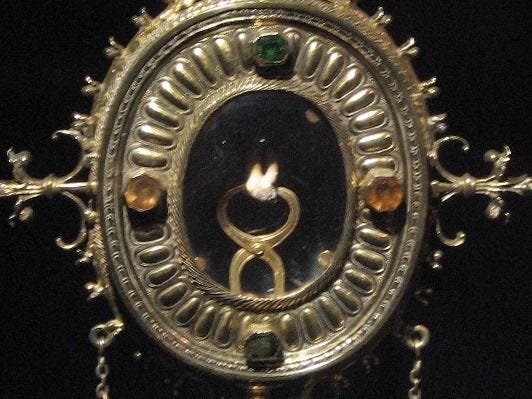
Hey everybody,
Thursday- in two days - is the feast of St. Apollonia, a third-century martyr who is the patron saint of dentists, those who need dental work, and - one hopes - those who fear going to the dentist.
Apollonia lived in Alexandria, Egypt, and, by many accounts was a deaconess — a woman appointed in the community to provide pastoral care to wom…
